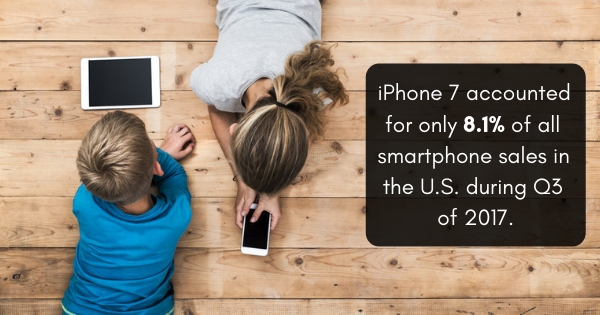
Our connection to the internet is considered by many to be a sacred one. After all, 77% of Americans go online on a daily basis, with 43% reporting they do so several times per day. But when it comes to how we get online, we don’t always agree. Some depend on wireless connections to surf the web, while others opt for Ethernet. If the latter is more your speed (and why wouldn’t it be, since it’s faster than a lot of other connections?), you have a few different types of cables to choose from. In today’s post, we’ll be discussing the pros and cons of the Category 5 cable, also known as Cat5, to help you determine whether it’s the right type of cable to fit your needs.
The Advantages of Category 5 Cables
The Category 5 cable is one of the most versatile options at your disposal, allowing for more flexibility in terms of both wiring and usage. In other words, it’s extremely easy to install and use. You don’t need any special tools for the job, which means you can connect to the internet quickly and without frustration. This category of cable is actually two cables in one: it can connect a wall socket with a central panel and a computer with a wall socket. It’s also one of the most affordable cables for Ethernet access and provides a lot of value for the cost. For home applications, this cable also provides fairly high transfer speeds, which is appealing to many people who are fed up with their slow internet.
The Drawbacks of Buying Cat5 Cables for Sale
Of all the categories of Ethernet cables available, the Cat5 isn’t the newest one available. It’s also not the absolute fastest, as Cat5e cables and Cat6 Ethernet cables are able to provide more rapid connections. It won’t provide you with the most impressive way to transfer data, either; it’s a bit more limited than subsequent cable categories. While that’s fine for the typical home user, it’s not always the best option for big corporate networks. It’s also important to note that this type of cable is more sensitive to interference than other Ethernet cable options, which could disrupt your transfer speed or signal strength. Again, that may not be an issue for the regular residential user — but if you’re an avid gamer or there will be multiple people relying on this Ethernet connection, you may want to explore some alternatives.
Ultimately, the Cat5 cable is a dependable go-to for residential use. It may not be the flashiest cable around, but it gets the job done in a variety of instances. Although it’s not the ideal choice for commercial use and isn’t the newest type of cable available, it’s still regarded as one of the most versatile and affordable Ethernet cables on the market today. To learn more about our different types of cables and how they can make your life a whole lot easier, contact us today.






